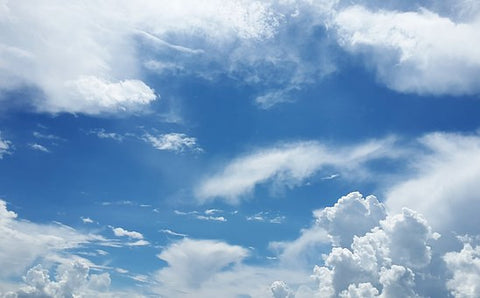Question: How Much Oxygen is in Our Air?
The air around you is made up of about 21 percent oxygen. This science experiment will show you how to discover the amount of oxygen for yourself by analyzing a chemical reaction between oxygen and rust.

Materials Needed:
(Any of The Materials Highlighted in Blue are Clickable Links for Purchasing)
Package of fine steel wool (available at hardware stores)
Wide, shallow bowl or dish
Water
Food Coloring
Glass jar
White vinegar
Permanent marker
Procedure:
- Fill the glass jar with equal parts Vinegar and Water
- Put the package of steel wool in the glass jar, and leave it there overnight to soak. This will form iron oxide (rust) on the steel wool.
- Pour an inch of water into the shallow bowl/dish. Add two drops of food coloring to the water.
- Wearing gloves, pull a few strands of the steel wool from the rusted piece, and roll them together to make a tiny ball. Repeat this procedure two more times so you have three tiny balls. The balls should be slightly wider than the test tubes.
- Use a pencil to push one ball all the way to the bottom of one of the test tubes, one ball three quarters of the way to the bottom of a second test tube, and one ball halfway to the bottom of a third test tube.
- Make a paper ball the same size as the balls of steel wool, and push it to the bottom of a fourth tube.
- Put the four tubes upside down in a row in the shallow dish of prepared water. Leave the tubes there for 24 hours.
- Now mark the water level on each tube. Notice the difference in water level. The tube with the paper in it should not have risen. Now measure the length of each tube, pretend that the bottom of the steel ball is the highest point of the tube. Write both of these measurements into a table, like the one below.
- Fill in the fourth column of the table by dividing the amount the water moved up by the length of the test tube. Remember that the water that rose into the test tube was actually replacing the oxygen that reacted with the rusty steel wool. The percentage for all three tubes should be the same, since it is the same as the amount of oxygen in the air, 21% give or take.
| Tube Number | Height of Water | Height of Test Tube | Percent of Oxygen in Test Tube |
| 1. | |||
| 2. | |||
| 3. | |||
| 4. |





